Variegation, which plants for more light, which for less
Tiffany, purpleinopp Z8b Opp, AL
11 years ago
Related Stories

LANDSCAPE DESIGNGarden Overhaul: Which Plants Should Stay, Which Should Go?
Learning how to inventory your plants is the first step in dealing with an overgrown landscape
Full Story
KITCHEN DESIGN12 Great Kitchen Styles — Which One’s for You?
Sometimes you can be surprised by the kitchen style that really calls to you. The proof is in the pictures
Full Story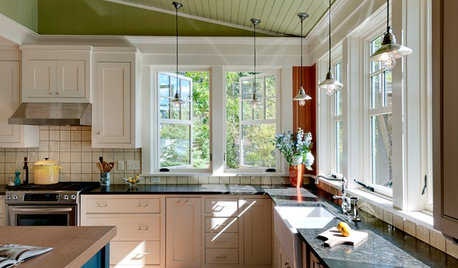
REMODELING GUIDESWhich Window for Your World?
The view and fresh air from your windows make a huge impact on the experience of being in your house
Full Story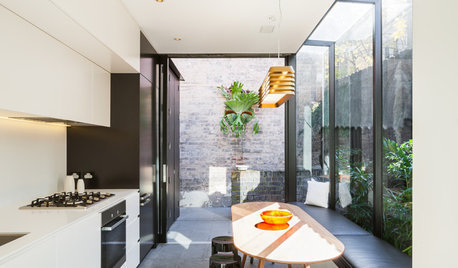
FURNITUREWhich Dining Table Shape Should You Choose?
Rectangular, oval, round or square: Here are ways to choose your dining table shape (or make the most of the one you already have)
Full Story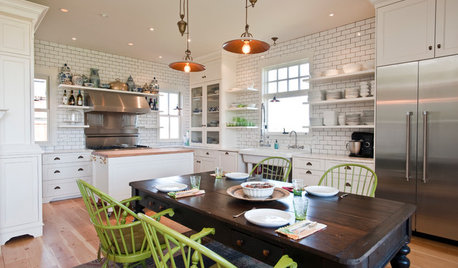
KITCHEN ISLANDSWhich Is for You — Kitchen Table or Island?
Learn about size, storage, lighting and other details to choose the right table for your kitchen and your lifestyle
Full Story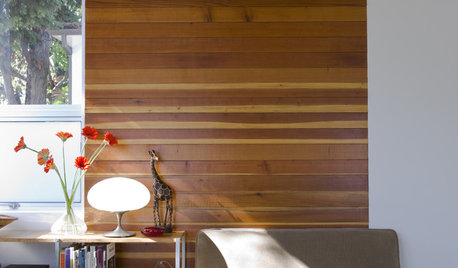
DECORATING GUIDESWhich Wallcovering Is Right for You?
Transform a Space With a Wall of Wood, Paper, Fabric, Maps and More
Full Story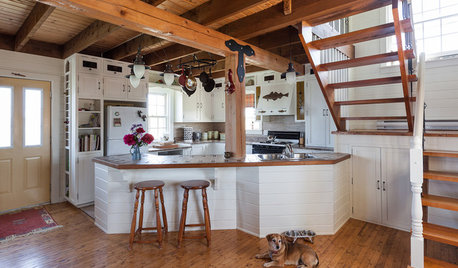
KITCHEN DESIGNOpen vs. Closed Kitchens — Which Style Works Best for You?
Get the kitchen layout that's right for you with this advice from 3 experts
Full Story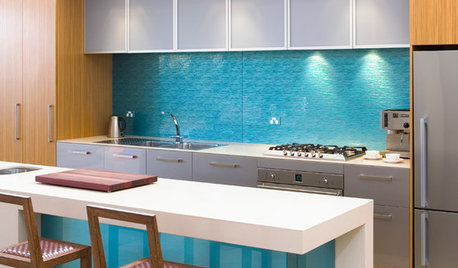
KITCHEN DESIGNHouzz Quiz: Which Kitchen Backsplash Material Is Right for You?
With so many options available, see if we can help you narrow down the selection
Full Story
BATHROOM DESIGNWhich Bathroom Vanity Will Work for You?
Vanities can be smart centerpieces and offer tons of storage. See which design would best suit your bathroom
Full Story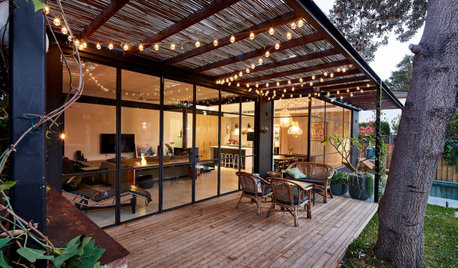
LANDSCAPE DESIGNWhich Pergola Is Right for You?
A covered pergola can increase the time you spend in your outdoor living space. Which covering should you choose?
Full Story







birdsnblooms
pirate_girl
Related Professionals
Comstock Park Landscape Architects & Landscape Designers · Folsom Landscape Architects & Landscape Designers · Brentwood Landscape Contractors · Beachwood Landscape Contractors · Bridgeport Landscape Contractors · Brookfield Landscape Contractors · Byram Landscape Contractors · East Hanover Landscape Contractors · Sammamish Landscape Contractors · Tuscaloosa Landscape Contractors · Wanaque Landscape Contractors · Suisun City Landscape Contractors · Bensenville Landscape Contractors · Mount Laurel Interior Designers & Decorators · New Providence Interior Designers & DecoratorsTiffany, purpleinopp Z8b Opp, ALOriginal Author
birdsnblooms
randy_e
dellis326 (Danny)
birdsnblooms
Horticultural Help
Tiffany, purpleinopp Z8b Opp, ALOriginal Author
stewartsjon
Tiffany, purpleinopp Z8b Opp, ALOriginal Author
petrushka (7b)